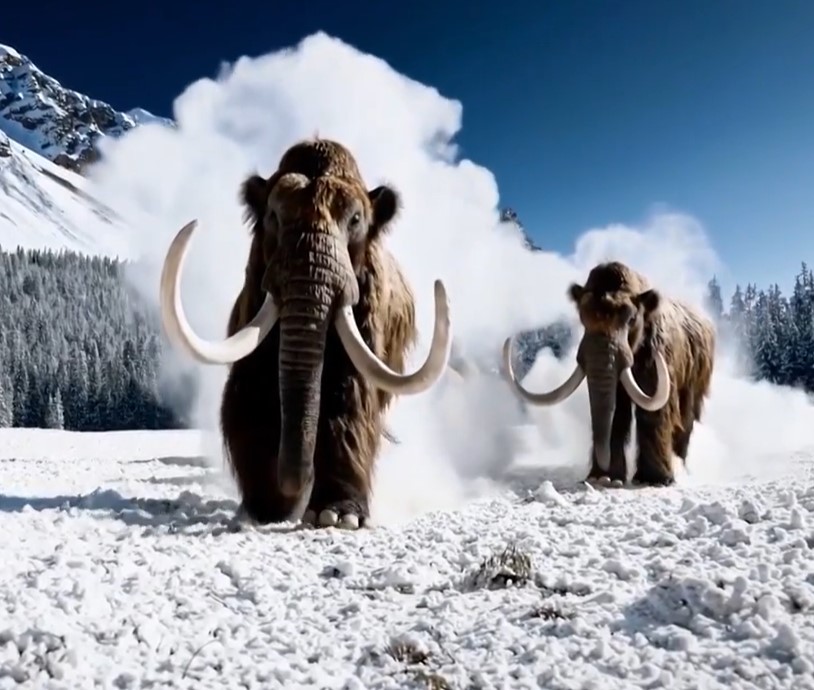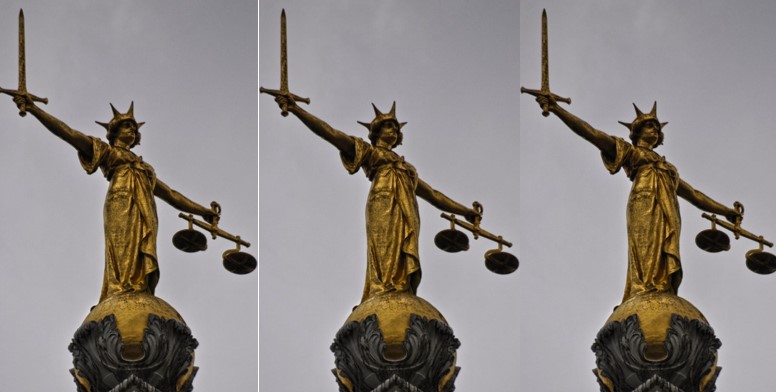by John Pickard
What do the Zinoviev Letter, US pop-star Taylor Swift and cute puppies have in common? It all has to do with information. False information, to be precise.
This year sees the hundredth anniversary of the infamous Zinoviev Letter, released four days before the 1924 general election, and used to bring down the first ever Labour government. As Wikipedia explains, the letter was supposedly from Grigory Zinoviev, leader of the Communist International, to the Communist Party of Great Britain, ordering it to engage in ‘seditious’ activities.
“It stated that the normalisation of British–Soviet relations under a Labour Party government would radicalise the British working class and put the CPGB in a favourable position to pursue a Bolshevik-style revolution. It further suggested that these effects would extend throughout the British Empire.”
The letter, released by the Daily Mail, was a fake, probably concocted by the British Secret Services and other elements of the Establishment. They were not so much fearful of the Labour leadership, who were gradually being absorbed into the Establishment, but of the movement that lay behind them and the aspirations of the ranks of the Labour Party and the trade unions.
A camera ‘never used to lie’ but now it can
What is is an interesting question for us today, is what is the modern equivalent? The old expression, “a camera never lies” has been proved wrong for many years, as pictures are photoshopped with a lot more accuracy that the botched changes of photographs, on Stalin’s orders, to erase all records of Trotsky’s association with Lenin.
Nowadays, pictures can be so well doctored that it would take an expert looking at the computer code behind an electronic picture to detect any fakery. To the naked eye it is invisible. In fact a new mobile phone is being advertised with a camera and software that allows portraits to be manipulated, one with another, to match the best smile to the best pose.
But what has been true of still pictures is fast becoming true of moving pictures. The video of cute dogs shown here, with a still from it above, is completely artificial. An article in the New York Times a few days ago (February 15), reported that OpenAI, has unveiled its ‘Sora’ software that “creates videos that look as if they were lifted from a Hollywood movie.” Among the short videos that were demonstrated – some of them created in a matter of minutes – were one of “woolly mammoths trotting through a snowy meadow” and another a scene of cuddly puppies frolicking in snow.

The website of Open AI, boasts that its new Sora software “is an AI model that can create realistic and imaginative scenes from text instructions.” Other AI companies are rushing to emulate these abilities, or better them, including the big players like Google and Meta, the owner of Facebook. We are looking at the possiblity of ‘instant’ videos created by order, like, “make me a video of puppies playing in the snow.”
‘Deepfake’ AI-generated videos are becoming more common
This is where Taylor Swift comes in, because last month she was subjected to the trauma of having posted onto the X platform, AI-generated and wholly realistic images and videos of her engaged in sex acts. She and her representatives immediately demanded they be taken down and the technical staff of X did their best to cooperate. But this was not before one post was reportedly viewed 45 million times and before being taken down, it is highly likely that the posts were copied multiple times.
According to reports in the media, a “deluge” of Ai-generated ‘deepfake’ porn persisted for days. Other celebrities, like actors Scarlett Johansson and Emma Watson have suffered from similar attacks. Deepfake images are a particular risk for women and girls, the overwhelming majority of whom do not have the financial resources to make urgent demands on social media platforms like X.
But there are also longer-term implications for political leaders and particularly those on the left. Science and technology is not intrinsically dangerous, but in a class society, where one tiny part of the population owns and controls the lions’ share of the economy and natural resources, and where a sophisticated state machine ensures that the rule of that class is sacrosanct, then science and technology are not politically ‘neutral’. AI, like other technological advances, is potentially of great benefit to humanity. But in the circumstances in which we find ourselves today, AI poses a threat to democracy in general and to the labour movement in particular.
It is no accident that the military and the state are very interested in AI, not for what benefit it offers humankind, but for the possibility of creating more effective killing machines. Both in China and in the USA, the two really big hitters in the field of AI, the military are among the main financial supporters of AI and cyber-technology, on the basis that they will get first dibs on new technologies and developments.

Completely artifical, but realistic videos, using created using generative AI, will more than likely become common in the next few years. This has to be set alongside the ubiquity of social media and the transfer of news, information and opinion on a scale and at a speed that are unprecedented in human history. On present trends it will become harder than ever to distinguish between what is real from what is not. We not only live in the ‘information’ age (the ‘I’ in IT) but in a ‘disinformation’ age.
The New York Times article quotes Oren Etzioni, a professor at the University of Washington, who specializes in artificial intelligence. “I am absolutely terrified”, he said, “that this kind of thing will sway a narrowly contested election.”
Disinformation is the raison d’etre of most tabloid newspapers
The Daily Mail, and rags like it, have been peddling disinformation for decades. That is their whole raison d’être. But they no longer have a monopoly on it. Imagine a billionaire right-wing politician, with access to generative AI, making, say, a video of Jeremy Corbyn making a speech in a private meeting in which he praises the bombing campaign of the IRA. It doesn’t matter than this speech didn’t happen for it to be released on social media and to be seen by millions of people before it is ever taken down, if at all. What we saw with the Zinoviev Letter is chicken-feed in comparison to what is possible today.
What can socialist and labour movement activists do about this? Above anything else, we should anticipate this happening. Fake videos are being released today, around the war in Gaza, purporting to show events happening, but actually from previous conflicts.
In our fight for a change of society, to create a world in which the economy and science and technology – including AI – are run for the benefit of all, we should not forget social media and we should demand that it is run as a public service, openly , transparently and democratically, in the interests of all.
And we also need to focus on the real world, building a movement based on face-to-face contacts and the daily struggles of real people: brothers and sisters with whom we can build up links of common policies, mutual trust and a shared history of struggle. And meantime, when we use or look at social media, we have to question everything we see and take nothing for granted.



